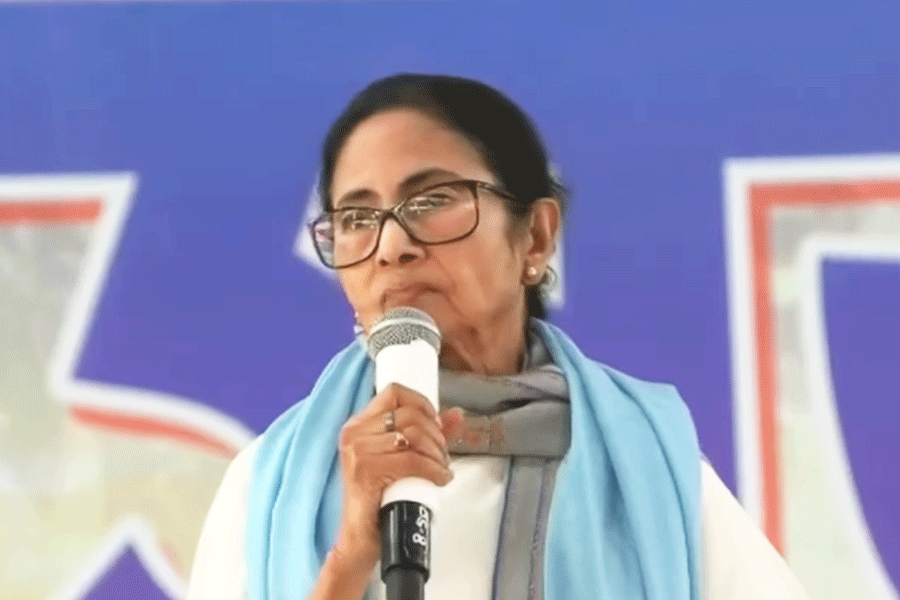A recent research study has used machine learning (ML) to predict domestic violence or intimate partner violence (IPV).
The model has been created by a team from the Centre for Social and Behaviour Change, Ashoka University, Sonipat, by employing various algorithms like random forest, which uses a very large dataset.
Predicting such violence helps to identify those who are vulnerable to it and can, therefore, lead to better intervention or prevention strategies.
“Such a model can be used by field health workers and social workers to identify women who are at higher risk of experiencing intimate partner violence,” says Sneha Shashidhara, a cognitive neuroscientist and a senior research fellow at the Centre for Social and Behaviour Change, who worked on the project. This work was done under the guidance of the director of the centre, Pavan Mamidi, along with Shardul Vaidya and Ishank Daral, senior data researchers who worked with the centre.
ML can analyse many factors at once and see how they interact. This is particularly helpful in analysing a psychosocial phenomenon like violence. No one social or environmental factor is in a simple, easy relationship with another, though they both may encourage a particular outcome, in this case, domestic violence. ML helps to bring this complexity out.
The process does not need data to follow “strict rules”, says Shashidhara, in the same way as traditional statistics. Factors such as socioeconomic status, past experiences of violence, addiction and social behaviour are found to be important in predicting domestic violence.
Their peer-reviewed research paper, titled “Using Machine Learning Prediction to Create a 15-question IPV Measurement Tool”, was published in the Journal of Interpersonal Violence in January. The research was based on data about 66,013 women in the National Family Health Survey (NFHS), 2015-16. The NFHS states that almost 30 per cent of Indian women aged 15-49 have experienced domestic violence in one year. However, much of such violence remains unreported.
“Using the NFHS data, our model was trained to pick up patterns that led to predicting domestic violence with an accuracy of 78 per cent,” says Shashidhara. The training sample was kept separate from the test sample.
The strongest predictors of the violence are the husband’s alcohol use and a history of violence in the wife’s family, where her mother also experienced domestic violence. Women who think it is acceptable for their partners to be violent in certain situations, such as “neglect of children, being argumentative, making mistakes in cooking or leaving the house”, are more likely to experience domestic violence.
The husband’s controlling behaviour, manifest through checks on money, the wife’s movements and limiting her friends, could be an indicator of violence. Poverty and lack of education can encourage an environment of violence. Rising temperatures were another factor that contributed to domestic violence.
Key questions relating to these factors come out as most significant in the analysis. The large model uses many questions, but the research also created a smaller model using 15 questions.
For verification of the model, data from the test set, also from NFHS, were used and tested against the actual outcome. “That led to the 78 per cent match,” says Shashidhara. The models, with the key questions, are ready for practical application.
The smaller model with the 15 questions can be handy, says Shashidhara. The research team has also prepared an app. A discussion is on for adopting the model in frontline health work.
Shashidhara raises a few ethical concerns about ML. Models could unfairly target men as high-risk. Monitoring of households considered vulnerable could be intrusive. Algorithm bias could falsely depict one demographic as either high-risk or low-risk.
Two other recent studies on domestic violence have used ML, Shashidhara points out. A study by Amusa et al. (2020) on 1,816 married women in South Africa found that fear of the husband was the strongest predictor of domestic violence. ML was used by McDougal et al. (2021) in a study on marital sexual violence in India.










